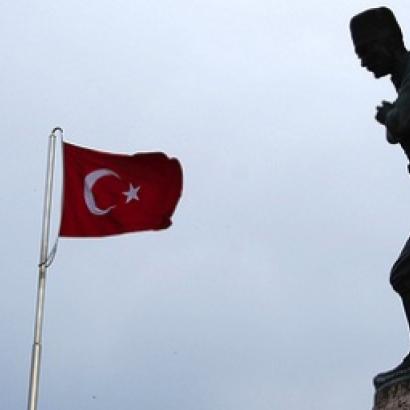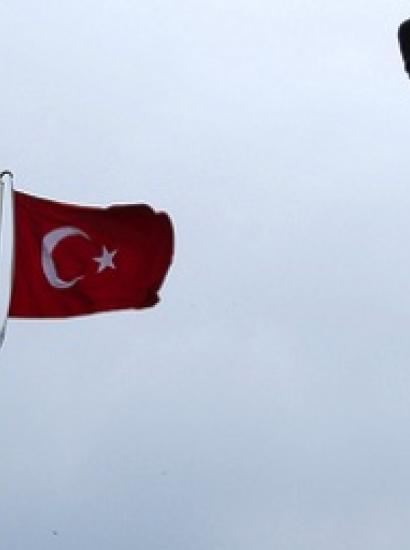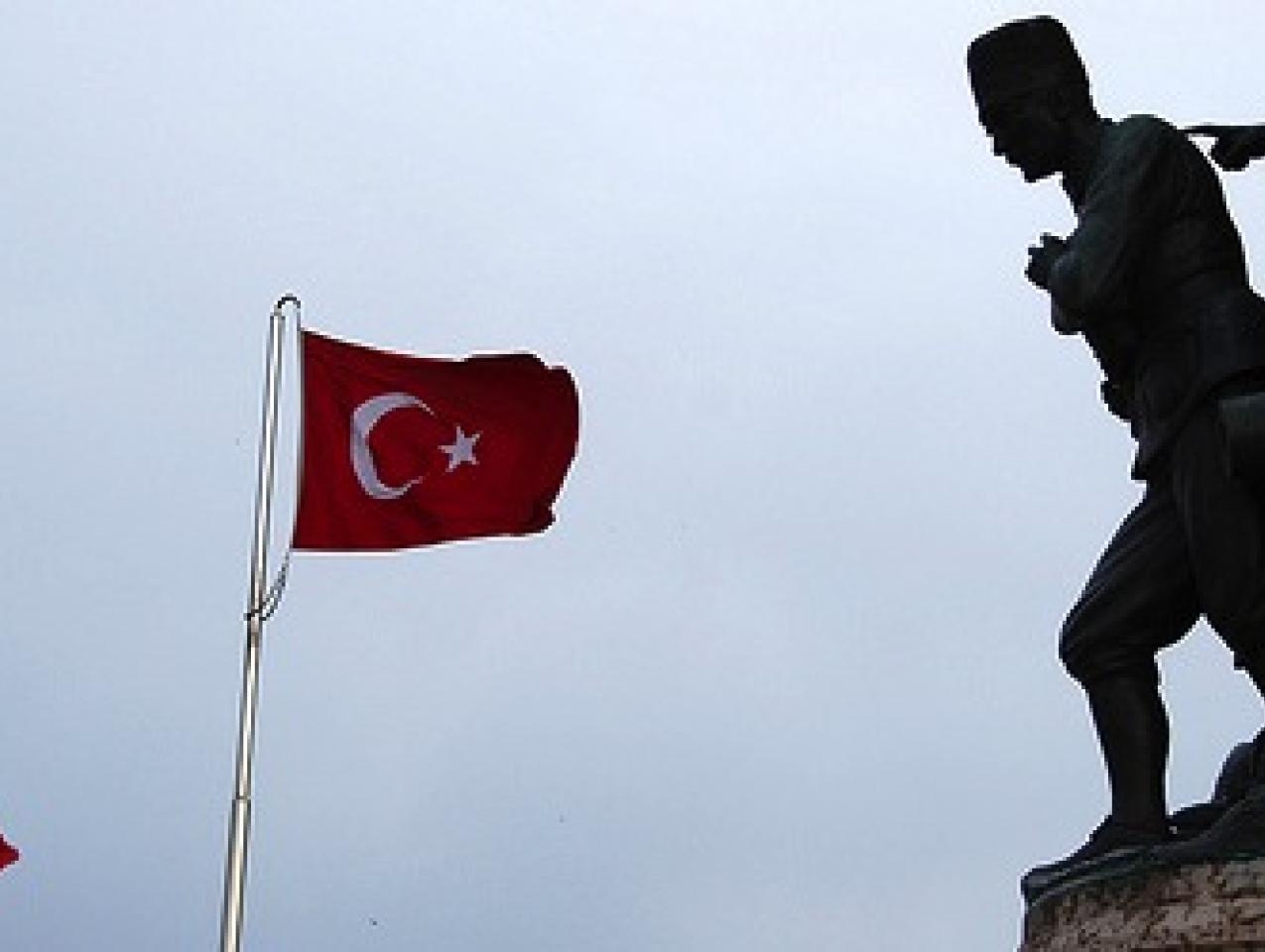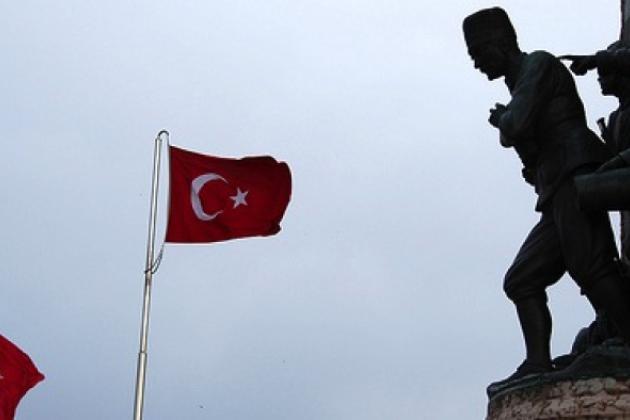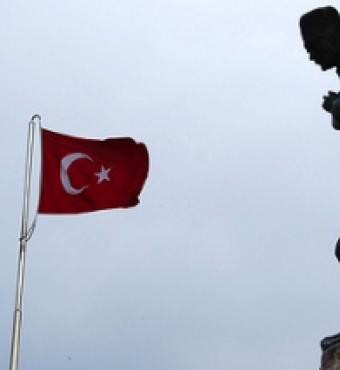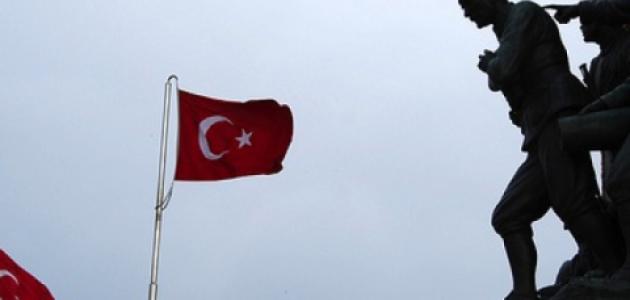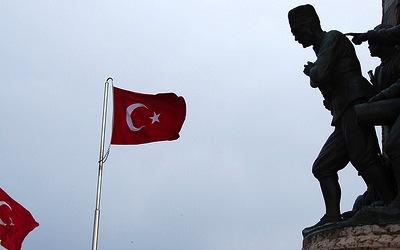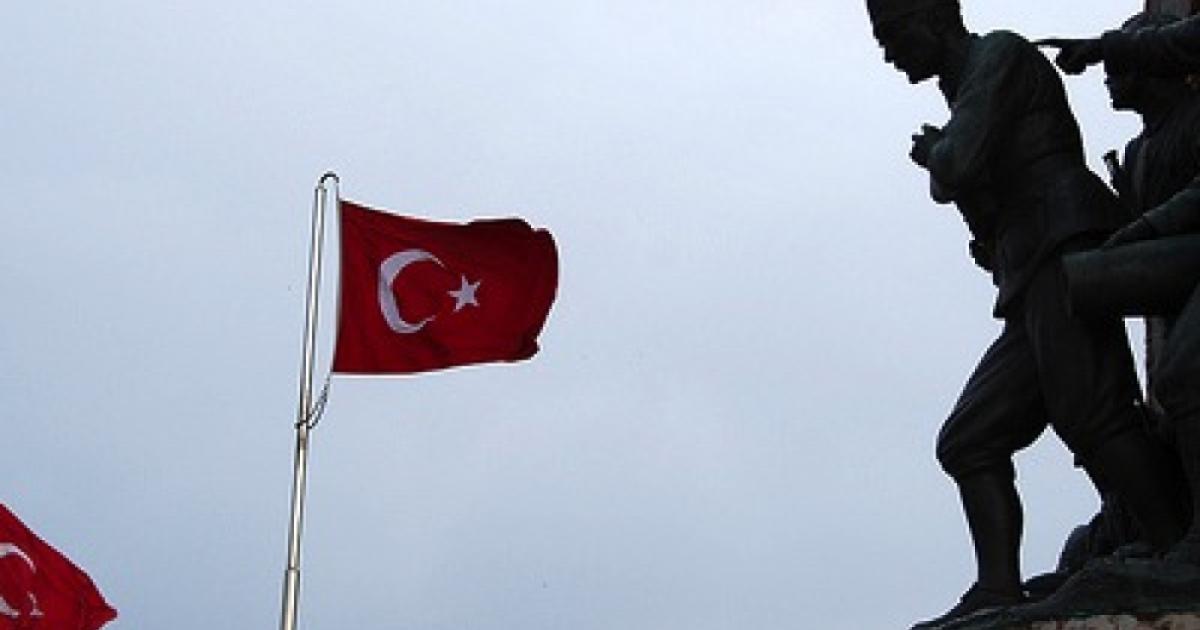- International Affairs
- US Foreign Policy
- History
- Law & Policy
- Civil Rights & Race
Istanbul – I write before my scheduled departure from this bewitching and overwhelming city. It is morning, the sky is brilliant blue, the color of the waters of the Golden Horn. The famed postcard silhouette—Hagia Sophia, Sultanahmet, the Suleymaniye Mosque—makes it achingly difficult to depart. For the days I spent here, I had been unable to settle down to record what I had seen.
I had arrived in Istanbul from Iraqi Kurdistan, and its two principal cities, Suleimaniyah and Erbil. I had been prepared for Kurdistan’s exertion, and for a break in Istanbul. The reverse had happened: There was peace in Kurdistan, shopping malls and swanky hotels in Erbil, and the charm of the town of Suleimaniyah, still doing its best to keep urban sprawl at bay. It was moving to see what the Kurds had done: where a feared fortress of the old regime once stood, there was now a park, Azadi (Freedom) Park with playgrounds and open-air dining.
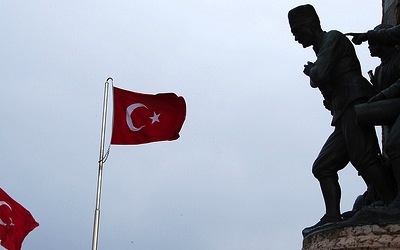
Photo credit: SpirosK photography
The Red Prison in Sulemaniyah, a notorious torture center, is now a museum. The floor above the suffocating prison cells there are displays and installations of Kurdish culture: the bright, colorful dresses of women, the old rifles, the simple reproductions of daily life. Across the street, the men and women of today’s Kurdistan bring to life the green and landscaped lawns of a nearby restaurant—smiles and conversations animating the neatly arranged tables under the stars.
After this tranquility, it was Istanbul that was beset with political troubles. An Istanbuli friend had sent me a message that reached me in Kurdistan, advising me to stay away. It was hard to get around, he said (it is hard in the best of times—Istanbul traffic is a nightmare) and he knew that the larger neighborhood of Taksim Square would be my destination. I pushed on with my plans.
The protests had given Taksim a kind of revolutionary aura. My friend was right with his advice. The protesters had inflicted their damage, brick pavements had been dug up on the approaches to Taksim, barricades had been erected, cars torched and overturned in the confrontation between the police and protesters. The troubles had begun on a Friday, I had arrived, with my wife, on Monday. Routine has its power, the desire to return to familiar corners in an unfamiliar place. No sooner had I unpacked than I set out for Bebek, a tony neighborhood on the Bosporus.
The expensive, smart shops and the young, trendy mothers playing with their children in Bebek Park, were pleasantly unremarkable. The revolution had not come here. The Bosporus was enchanting, and the wonder of the big ships from everywhere so close to the boardwalk never ceases to amaze. A small mosque stood right next to a café where outdoor seating accommodated a young and hip clientele. The muezzin calling the believers to mid-day prayer as everyone went on with their routine was a reminder of the genteel ways of Turkish Islam. No enforcers turned up to herd this smart set into the mosque. Islam here had to contend with modernity.
There were two women in bikinis, taking in the sun on the lawns of the park in proximity to the mosque. Bebek, admittedly, was not Turkey, but it is a piece of it. Bebek was not hiding its loyalties: Turkish flags—bright red, with the star and crescent—adorned the local park. The flags had a superimposed portrait of Mustafa Kemal Ataturk, with his military kalpak, on them. This elegant crowd was Ataturk’s progeny. He had forged them; he had severed their ties with the Islamic world to their south and east; he had told them that salvation lay westward; and they were not about to be herded back into the past.
The return from Bebek back toward Taksim was what I had been warned against. Our driver did his best, but was thwarted at every turn. He navigated the impossibly steep hills and narrow streets, always meeting debris and blocked access. He gave it up, let us out, and we made our way toward Taksim. There was no menace, only young people eager to give directions, so many of them were methodically picking up and clearing away the trash and crumbled metal remnants of the barricades that, no doubt, they and their friends had thrown together there just the day before. It was a commentary on the earnestness and orderly temperament of the Turks.
If comparisons had been made between Tahrir Square in Cairo and Taksim—and indeed there is a running debate on this question—Taksim was by far a more genteel affair. No less than 850 people had perished in Tahrir; hooligans on horseback and camels had attacked the protesters; a police sniper had a specialty: he shot his victims in the eye.
None of that in Taksim. A stylish woman in a red dress provided an iconic image: a policeman directed a blast of pepper spray toward her and it sent her long dark hair flying horizontally as she turned away. Say what you will about the Turkish state and the obtuseness of Prime Minister Recep Tayyip Erdogan, this isn’t the Arab world with its malignant hatreds and the estrangement between the rulers and ruled. Mr. Ergogan may be a stubborn man, at heart an authoritarian, a prude in a fairly modern society, but the rules of the game are determined by the ballot box.
“The minority cannot rule the majority,” Mr. Erdogan proclaimed as he set out to face down the protests. “The one thing Erdogan believes in is the ballot box,” Cengiz Candar, a noted Turkish columnist, one of his country’s most astute cultural interpreters, observed to me. “He and his party have won three elections since 2002, and this has given him a sense of political entitlement. He is convinced that the great mass of the population is with him. It was the ballot box that enabled him to curtail the power of the military in Turkish political life. And it was with the ballot that he broke the power of the ‘white Turks’—the social and economic elites who had been dominant for a long time.”
***
By accident, I found myself in the middle of a boisterous demonstration making its way up Istiklal Street, from Taksim. The crowd wasn’t particularly young, as I had assumed it would be. There were middle-aged men and women and young people alike. They held aloft the Turkish flags with the arresting image of Ataturk. This crowd made clear the fault-lines of this struggle: Turkey—its identity, its place among the nations, the nature of its public life—is being fought over between two men, the legendary founder who died in 1938, and the new claimant who rose out of a tough Istanbul neighborhood to position himself as the republic’s second most consequential leader. In the best of worlds, a compromise would be struck between these rival visions. But Erdogan has polarized the country.
In every way, Ataturk was the nemesis of what Erdogan stands for. Where Erdogan is severe on drinking and alcohol, Kemal was addicted to raki, the country’s anise-flavored liquor. In fact, Ataturk had died of cirrhosis of the liver at age 57. He was a military officer and a conqueror, and he took drinking as a manly prerogative. Erdogan had all but called Ataturk a drunkard, and that kind of blasphemy had not been well received by a population raised to a tradition of reverence for the founder.
Ataturk, it should be recalled, had sought nothing less than the extirpation of the old cultural order: He had abolished the old Ottoman order and declared a republic; he had abolished the caliphate; he had outlawed the fez and the turban; he had shifted the calendar from the Muslim to the Christian era; he had changed the alphabet from Arabic script to Latin letters; and he had declared null and void the provision that Islam was the religion of the state. No Westernization program was more ambitious. He saw himself as a man of the Enlightenment, and Turkey was to partake of Western culture. He was no Democrat. He lived by an authoritarian creed: “For the people, despite the people.”
No wholesale purging of a culture can be totally successful. Ataturk died in 1938, with his creed ascendant. But Islam never exited the stage. It went underground, and was to reappear in the 1990s. The officer corps, the guardians of the Kemalist temple, did not have the country to itself. Political Islamists made their presence felt, and a military coup against them in 1997 did not do the trick.
Five years later, Recep Tayyip Erdogan and his political party were carried to power via an election. Two big electoral victories were to follow. Erdogan had prepared for his ascendancy: he had been a great success as a mayor of Istanbul in the 1990s. He was blunt and courageous. The military had sent him to prison for his open advocacy of political Islam. “The minarets are our bayonets, the domes our helmets, and the mosques our barracks,” he famously declared. If Kemalism was the civic religion of the republic, this driven man was determined to glorify the Ottoman past.
The crisis upon Turkey broke out when Erdogan made public his intention to uproot a small park in Taksim and on the grounds build an Ottoman barracks. Neo-Ottomanism was a frontal assault on the Kemalist edifice that had been in place since the founding of the republic in 1923.
Erdogan’s way broke with another central tenet of the Kemalist creed. Ataturk had severed the ties with the Arab states; there was nothing in that Arab world that interested him. Several years into his political primacy, Erdogan took a plunge into Arab politics. He became one of the Syrian dictator’s most outspoken critics. He opened the borders of his country to a large refugee population from Syria. He put forth the Turkish example—Islam and a successful economy—as a model for Egypt, Tunisia, and Libya to follow. There was genuine zeal in his pan-Islamism.
Last May, he spoke of a Turkish role in the world, beyond the confines of the nation-state. “We are not like other states. We are not a state that will keep quiet to protect its interests. Today, they are saying prayers for us. They are praying for us in Gaza, Beirut, and Mecca. This is the massive responsibility we are shouldering.”
Several days later, on May 11, two car bombs exploded in the town of Reyhanli, in the southern province of Hatay, killing 51 people. This is, alas, the sad norm in Beirut, Baghdad, and Damascus. But this was new in Turkey. There remains in a majority of Turks unease about the Arab world, and a desire to stay away from its furies. The Neo-Ottoman calling was not a popular endeavor.
Erdogan’s Syria policy remains distinctly unpopular among his people. In one recent poll, only twenty seven percent of those surveyed supported the government’s Syria policy while fifty-four percent opposed it. His inability to pull President Barack Obama into the struggle for Syria was politically devastating. Erdogan had staked much on his ties to Obama. The passivity of American policy left Erdogan facing the aversion of the Turkish people to Arab quarrels.
***
In his landmark book, The Clash of Civilizations and the Remaking of World Order (1996), the late Samuel P. Huntington memorably dubbed Turkey as a “torn country.” A torn country, he wrote, is possessed of “a single, predominant culture which places it in one civilization but its leaders want to shift it to another civilization.” The process of identity redefinition is never easy, he warned. The public will have to be willing to acquiesce in the redefinition of identity and the host civilization—that of the West—will have to be willing to take in the convert.
Kemalist Turkey had given the process of redefinition its all. But the rise of Erdogan, his belief that Europe is an ailing continent, and his nostalgia for the Ottoman past, offer evidence that the trajectory of “torn countries” is never simple or straightforward.








